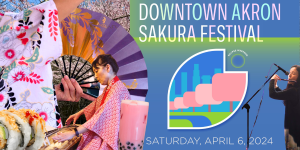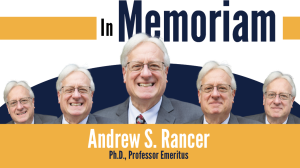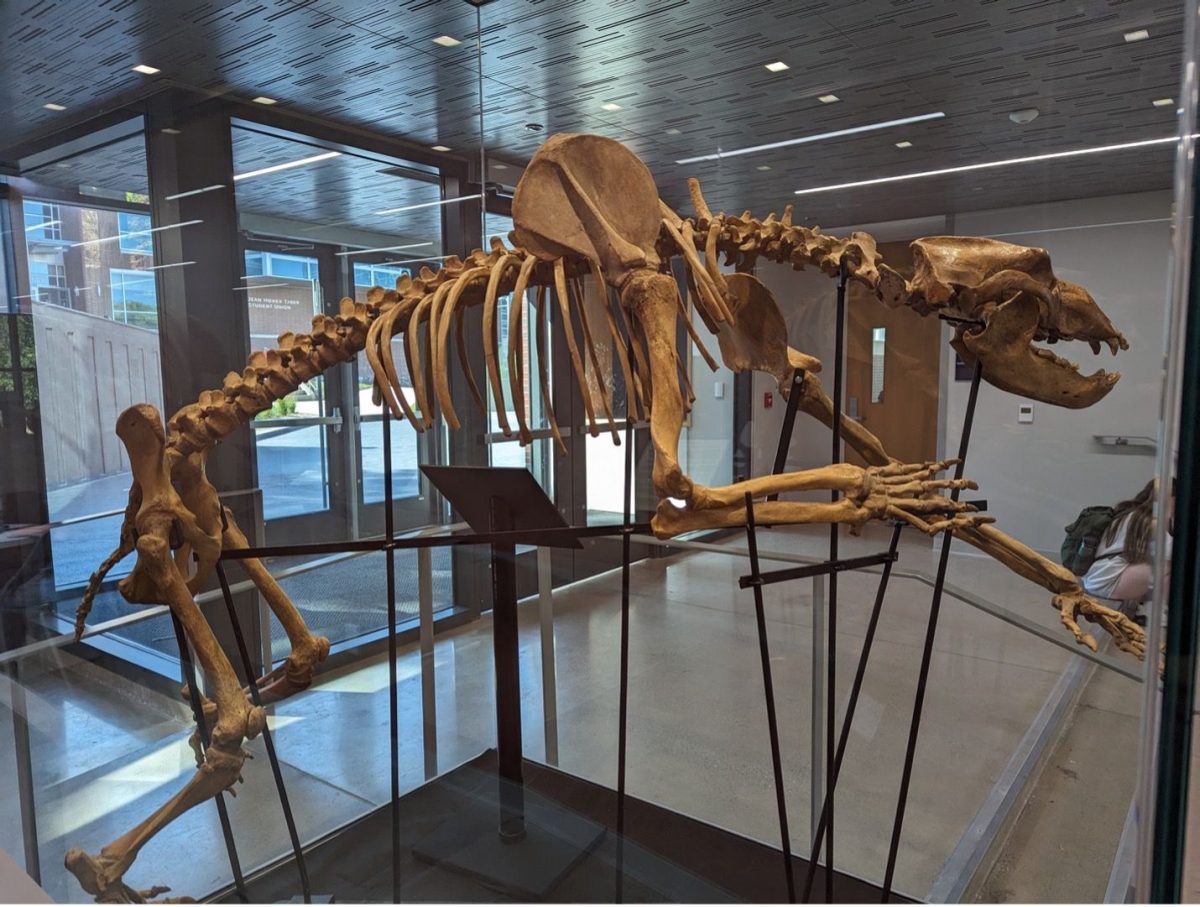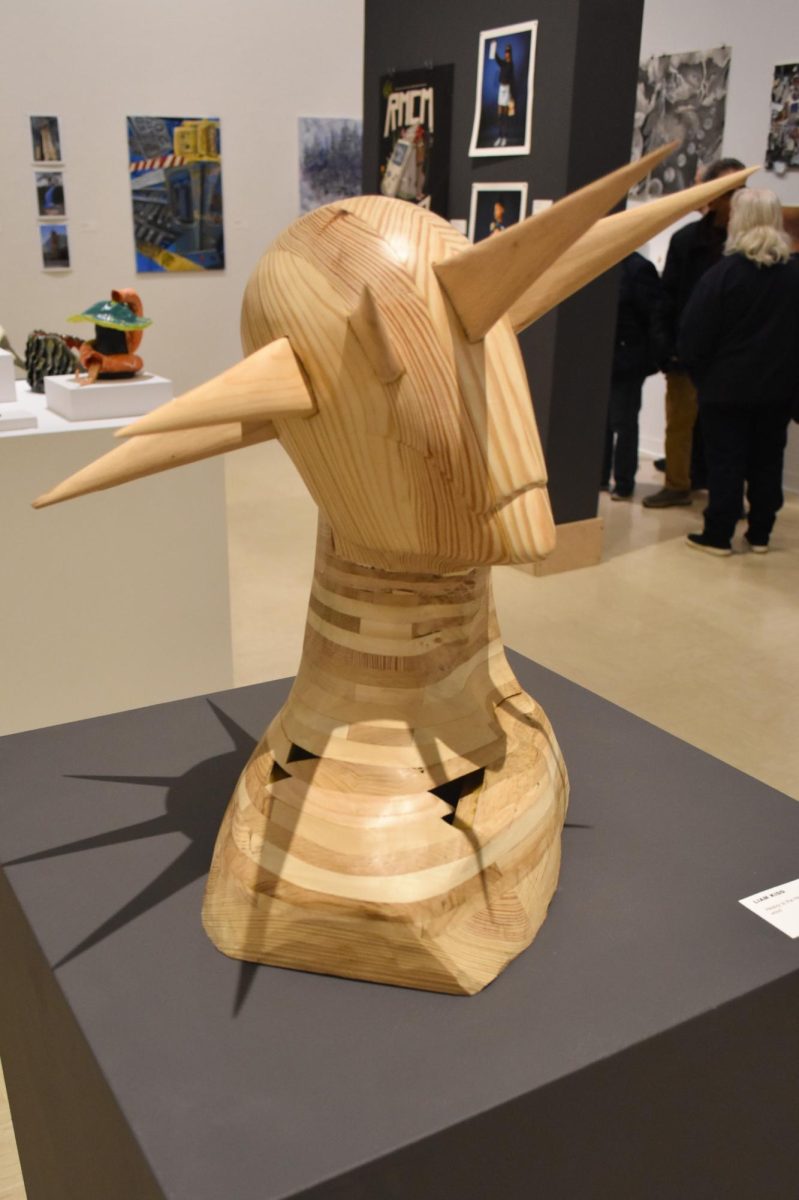By: Mahala Bloom
A new minor, New Media, has surfaced at The University of Akron, tucked in a blanket of both great intrigue and slight confusion.
What is this strange new discipline? How can it benefit students? Could it even affect tomorrow’s society?
New Media is very difficult to define because of its enormity, but as a whole it seems to be an amorphous, ever-evolving paradigm. Some who study New Media call themselves artists, while others are uncomfortable with the term. “Creative Coders,” “Trans-artists,” “Media Artists” and a plethora of other names have been attributed to those who study within the vast field.
Overall, New Media usually includes technology, and often is a collaboration of knowledge between different specializations to create what some people call works of art and what others call technological advances.
Leading the flexible, interdisciplinary New Media minor at UA is Dr. Eunsu Kang.
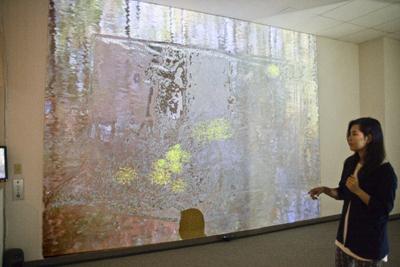
“Anyone on the campus can take it,” Kang said. “Many of my students are from communications, media production… but I always get someone from English, one person from geography, and one from something I’ve never heard of. They come here, and they help each other . . . and use their own specialties and hybridize these specialties, hopefully creating something great.”
The crossing of disciplines creates an expansive and exciting realm for artists, scientists, programmers, performance artists, musicians, fashion designers and a variety of other specialists to create in.

Aside from discipline, medium is also wide open and frequently challenged by New Media. A visit from fashion technologist professor Margarita Benitez during the Myers School of Art Design Week is a prime example.
An instructor from Kent State University, Benitez showed examples of stunning dresses that could only be crafted by using 3D printers, glowing garments crafted with strange fibers and fabric that could change color through thermal inks.
On a different spectrum, Kang has created several interactive environments with the use of programming languages, sensors and projector screens to immerse the audience and entice them to take part in completing the artwork.
Students could expect to learn to think out of their normal confines and learn exciting information from disciplines they would normally not have been exposed to, as well as touch upon programming if they so choose. Because of the nature of New Media, cooperation between students to create more successful projects is encouraged.
Students with little knowledge of code but high artistic creativity, for example, could pair with programming-savvy students and work together to create works of greater depth. Graphic designers and artists could work with scientists to create visual interpretations of otherwise confusing data that could shift the tides of our social atmosphere to make information more easily expressed to the general public.
The idea of sharing information as thoroughly as New Media tends to do seems to be heavily influenced by the open source movement, which allows the free exchange of source code.
Open source has allowed programmers from all over the world with different ideas and specializations to refine and enhance software for the use of the greater public good, just as New Media aims to collaborate on information from different areas of expertise to enhance it, visually or otherwise, for a greater public awareness.

Markus Vogl, assistant professor at The University of Akron Myers School of Art, teaches a class in 4D Design and Interactivity in which students learn, among other things, to create a simple New Media piece using an Arduino microcontroller (a type of miniature programmable computer). While this seems intimidating, the piece is simple enough for most students to grasp with some thought.
“Open source definitely had a huge impact on New Media,” Vogl said. “Without open source, there would not be such a huge New Media art movement, and especially the DIY art movement wouldn’t be there either. I wouldn’t say that open source enabled New Media art . . . but it aided New Media art in a huge fashion.”
The New Media and open source movements have developed a sort of communal social style to spread knowledge. Along with this has come a sense of acute social awareness. Traditional art, through the ages, has had a reputation of affecting society and taking on the responsibility of pointing out social injustices and problems that we face every day. New Media is no different.

“I do believe that artists need to be socio-politically aware as well as critical of what is going on within society,” Vogl said. “It is an important role as artists; we need to play devil’s advocate to make sure that privacy and information that is out there is… properly secured…I think that I would like to make people more aware that the information that is so freely shared can be used against them and abused.”
Vogl is currently working on several projects, including a collaboration with Benitez in which users are able to create their own custom shirts, which are laser cut. Some of Vogl’s other projects include those that address privacy issues and the way that society so freely shares personal information.
New Media is not only a way for students to expand their knowledge to other engaging fields, but it is also an opportunity for them to make a difference in issues they are passionate about, whether an environmental interest, a social injustice or a new way to visualize complex scientific data that might otherwise be lost on the general populace.
For information on the New Media minor, contact Kang at [email protected] or visit her website to see examples of her work at www.kangeunsu.com.
Vogl may be contacted for questions on interactivity or New Media at [email protected]. You can also view his and Benitez’s work at www.benitezvogl.com.
For information specific to the New Media minor now being offered by The University of Akron, please visit https://www.uakron.edu/artscollege/new-media-minor-now-available.dot?host_id=1.

